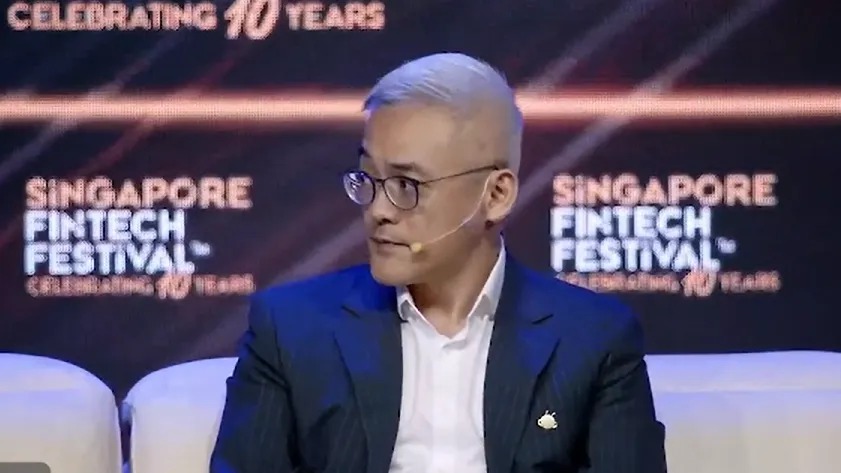
Ant International uses AI to predict liquidity, FX needs
Falcon TST now handles about 60% of the company’s global transactions.
Ant International uses artificial intelligence to predict liquidity and manage foreign exchange (FX) transactions, helping the company optimise global payments whilst cutting costs for both itself and its clients.
Chief Executive Officer Yang Peng highlighted two foundation models that the company has been developing during the C-Suite Insights: Roadmap for AI in Financial Services session at the Singapore FinTech Festival 2025.
The first, Falcon TST, is a time-series transfer model tailored for the banking, payment, and finance sectors. The company open-sourced the model yesterday.
According to Yang, Falcon TST helps both the company and its clients predict liquidity and local foreign exchange (FX) needs.
Falcon TST has been in operation since 2024 and now handles about 60% of Ant International’s global transactions. Last year, the company processed US$1.1t in transactions, while in the first ten months of 2025, the total reached US$1.5t.
Yang emphasized the model’s efficiency, stating that, on average, it generates about 60% cost savings on FX transactions, which he described as “a very significant saving for us.” The model is also available to Ant’s clients and banking partners, providing them with advanced forecasting capabilities.
The company’s second foundation model focuses on payment risk control, addressing the challenges of fraud and security in the payments ecosystem.
This multi-functional transformer model has 8 billion parameters and is trained on data from 22 million daily transactions.
Yang said that the model analyses QR payments, open banking activities, and card processing to detect fraud, helping to improve payment success rates.
He noted that the system has reduced fraud by 13.5%, a change he described as having “a very significant economic impact.”
Yang said the company has aimed to democratise technological innovation, making it accessible to small and medium enterprises (SMEs) and underserved individuals for the past 22 years.
“We'll continue to do it from the invention, from mobile payment and secure SME loan and all the global innovation. We will focus on one thing, inclusion. So hopefully, like decades to come, people will remember us as the inclusion driver.”




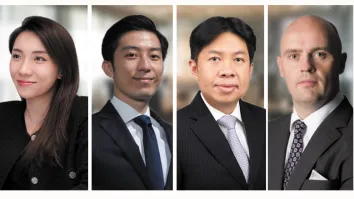


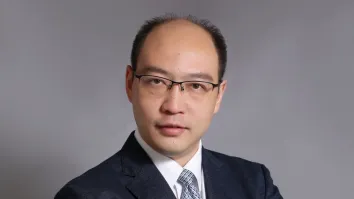
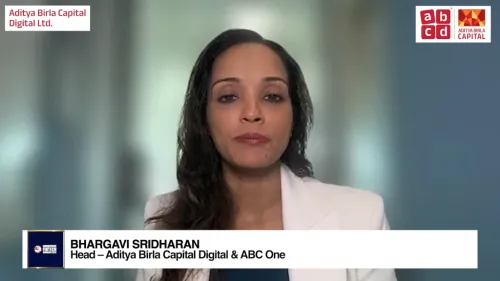


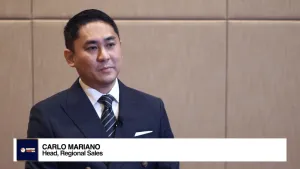
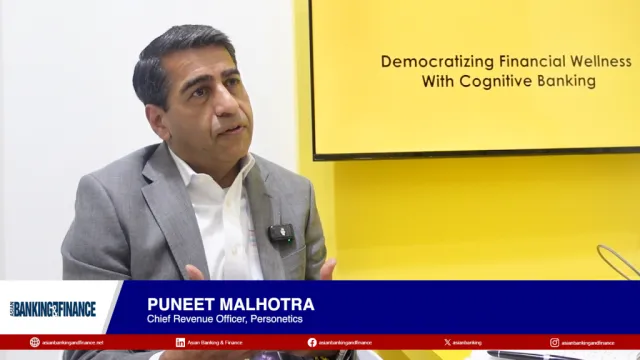




 Advertise
Advertise










